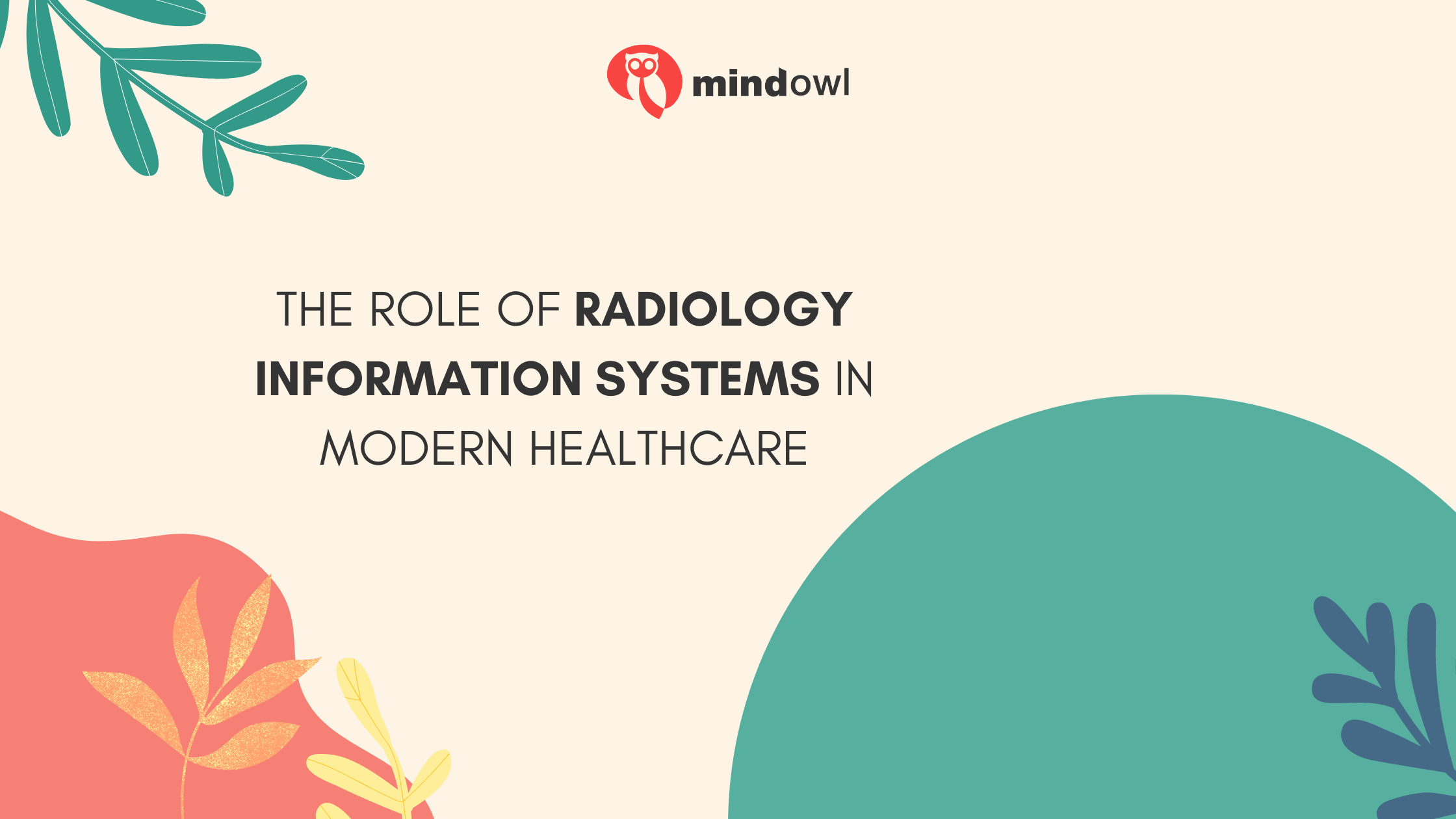In the rapidly advancing world of healthcare, technology has become the backbone of many critical functions, ensuring smoother operations, improved accuracy, and better patient care. One of the most significant technological innovations in the medical field is the Radiology Information System (RIS). RIS is an integrated software solution that manages medical imaging data, reports, and patient information across radiology departments.
As medical imaging plays an essential role in diagnosing and treating a variety of health conditions, RIS helps streamline these processes, enabling healthcare professionals to deliver more efficient and accurate services. From scheduling appointments to tracking diagnoses, RIS is reshaping how radiology departments operate within modern healthcare institutions.

Enhancing Workflow Efficiency
One of the key roles of RIS is enhancing workflow efficiency in radiology departments. In traditional settings, radiologists and technicians often had to juggle between manual paperwork, phone calls, and patient interactions to keep track of appointments, images, and reports. RIS automates much of this administrative work, creating a more streamlined process. Experts from Abbadox explain how the system centralizes data storage and retrieval, allowing for instant access to patient records and imaging results. This reduces the time taken to complete each task, minimizes the chances of errors, and frees up staff to focus on patient care. As a result, radiology departments can process a higher number of cases in a shorter time, improving overall productivity.
Improving Patient Care and Diagnosis Accuracy
The accurate diagnosis of diseases relies heavily on the quality and timeliness of medical imaging. RIS plays a crucial role in improving patient care by ensuring that radiologists have access to the most relevant and up-to-date information. The system allows for seamless integration with Picture Archiving and Communication Systems (PACS) and Electronic Health Records (EHRs), ensuring that radiologists can easily retrieve and view images alongside the patient’s medical history. This integration supports a more holistic approach to diagnosis and treatment planning. Additionally, RIS can be configured to flag critical or urgent cases, prioritizing them for faster review, thus improving response times for life-threatening conditions. By providing a more accurate and complete picture of a patient’s health, RIS enhances the precision of diagnoses and treatment decisions.
Facilitating Seamless Communication
Efficient communication among healthcare providers is essential for delivering high-quality patient care, and RIS serves as a central hub for facilitating this communication. With all patient information, imaging data, and reports stored in a unified system, radiologists can easily collaborate with other healthcare providers such as physicians, surgeons, and specialists.
The ability to instantly share reports and images electronically reduces the need for physical copies or time-consuming meetings. In urgent situations, this quick and efficient communication can be lifesaving. RIS also supports multidisciplinary teams by allowing different departments to access and review the same set of data, fostering a more coordinated approach to patient care.
Enhancing Data Management and Security
The sheer volume of data generated in a radiology department—from images to patient records—can be overwhelming to manage manually. RIS provides a secure and efficient platform for managing this data. All imaging records, patient information, and reports are stored in a centralized database, which not only simplifies data management but also ensures that information is protected.
Advanced encryption and security features built into RIS help safeguard sensitive patient information against unauthorized access and data breaches. Additionally, with regular backups and cloud integration, healthcare institutions can ensure that critical data is never lost and can be easily retrieved when needed. The robust data management features of RIS enable healthcare providers to meet regulatory requirements and maintain compliance with industry standards, such as HIPAA.
Supporting Decision-Making
RIS is not just a tool for managing patient information and images; it also provides valuable insights through data analytics. Radiology departments can analyze data collected through RIS to identify patterns, optimize workflows, and improve overall performance. For instance, data analytics can help administrators track imaging turnaround times, identify bottlenecks, and make informed decisions about staffing and resource allocation.
Additionally, radiologists can leverage this data to enhance diagnostic processes by comparing outcomes and identifying trends in patient cases. This data-driven approach allows healthcare providers to continuously improve their services and ensure they are meeting the evolving needs of their patients.
Reducing Operational Costs
By automating many of the administrative tasks in a radiology department, RIS contributes to a reduction in operational costs. Manual processes such as appointment scheduling, report generation, and image retrieval can be time-consuming and labor-intensive. With RIS handling these tasks efficiently, healthcare institutions can reduce the need for additional administrative staff and cut down on errors that may lead to costly delays or misdiagnoses.
Moreover, the digital storage and transmission of imaging data eliminate the need for physical storage space, printing, and shipping of films and reports. These cost savings can be reinvested into other areas of the healthcare facility, such as patient care or advanced imaging technologies.

Radiology Information Systems have become a cornerstone of modern healthcare, particularly in radiology departments. By streamlining workflows, improving communication, and enhancing patient care, RIS contributes to more efficient and accurate diagnoses, which in turn leads to better health outcomes for patients. The ability to manage large volumes of data securely, provide remote access, and support decision-making through data analytics makes RIS an invaluable tool in today’s healthcare landscape. As medical technology continues to evolve, the role of RIS will likely expand, further transforming the way radiology departments operate and ensuring that healthcare providers can meet the growing demands of the field. With RIS, the future of radiology looks brighter, more efficient, and patient-centered.
MindOwl Founder – My own struggles in life have led me to this path of understanding the human condition. I graduated with a bachelor’s degree in philosophy before completing a master’s degree in psychology at Regent’s University London. I then completed a postgraduate diploma in philosophical counselling before being trained in ACT (Acceptance and commitment therapy).
I’ve spent the last eight years studying the encounter of meditative practices with modern psychology.

